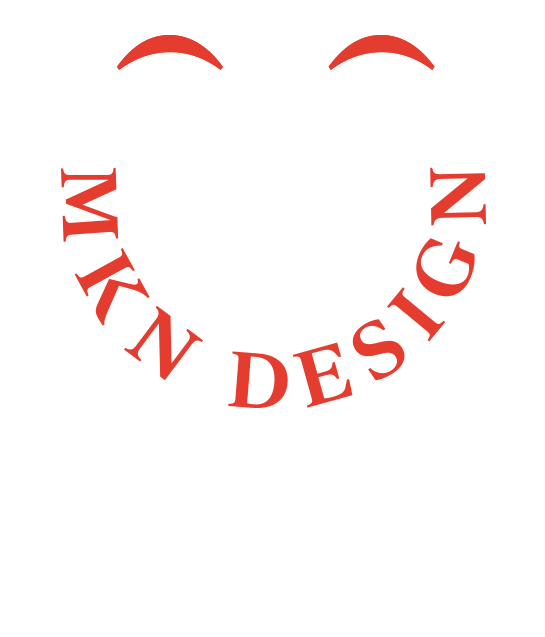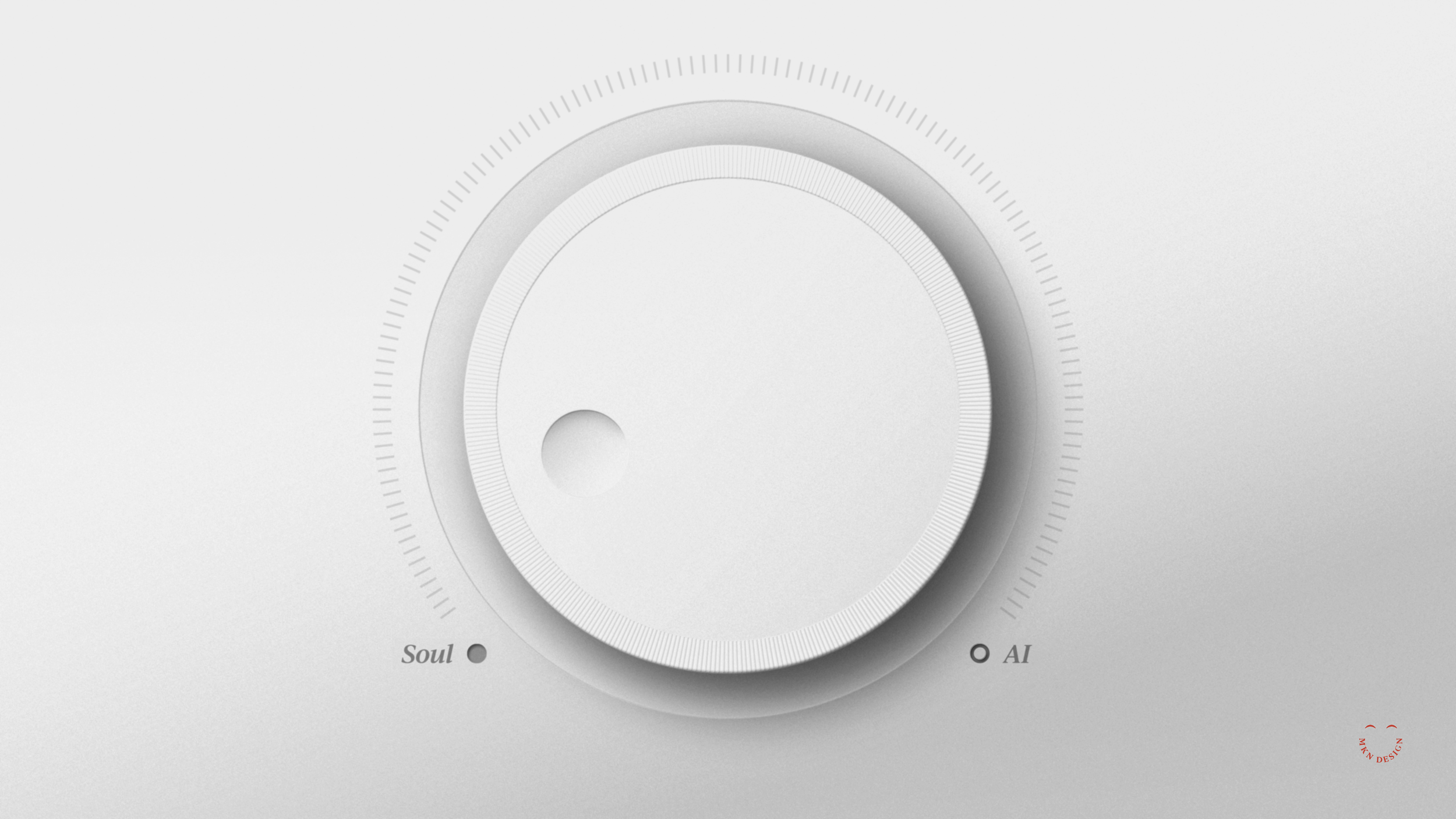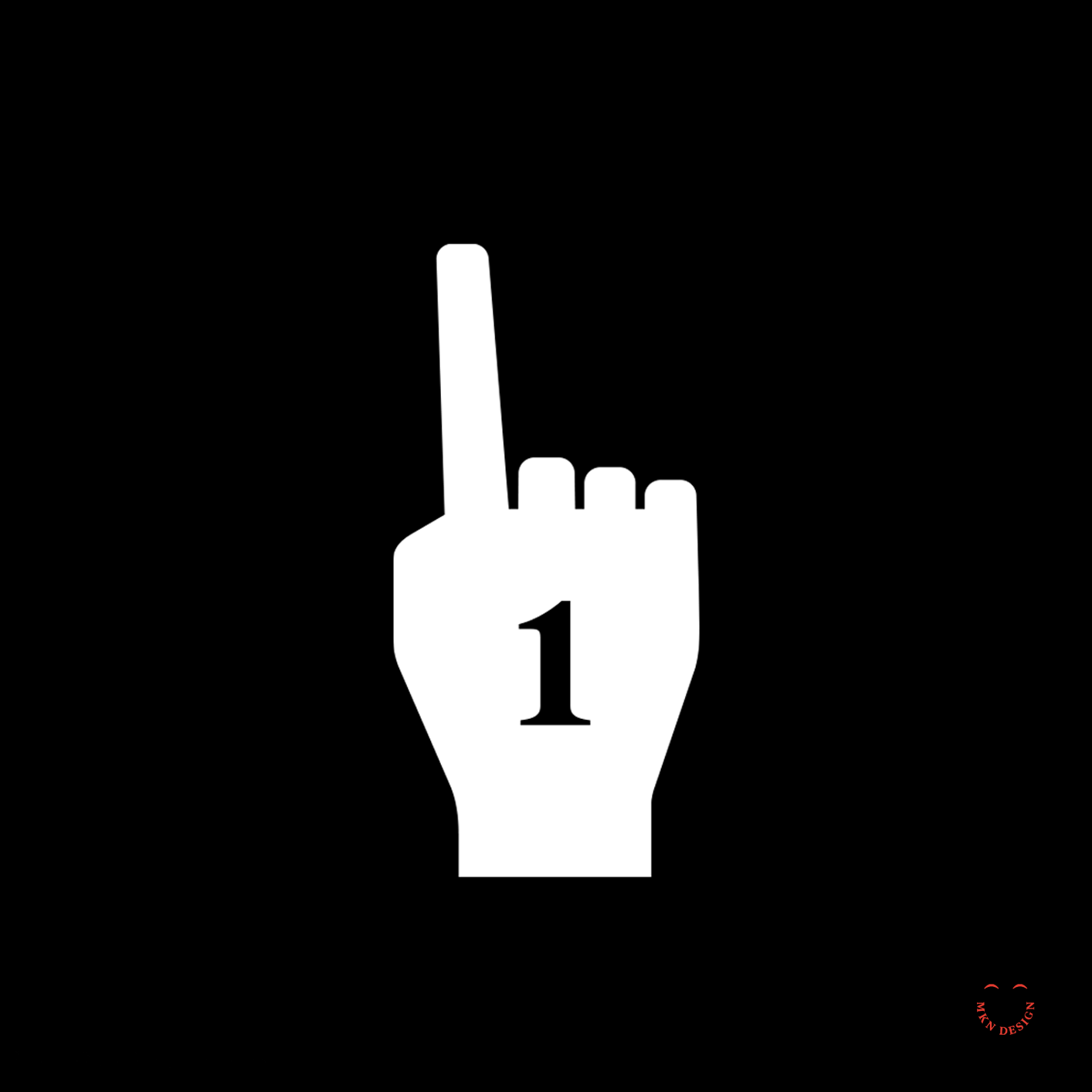Article
Tommy Allen from Rapid Growth Media
July 23, 2025
__
The Soul in the System,
Michael Nÿkamp on creativity, AI, & the future of design
When designer Michael Nÿkamp considers his many years in the field, he offers more than just a list of accomplishments; he shares profound insights into human nature and creativity. In a world swiftly reshaped by artificial intelligence, his reflections serve as both a foundation and a call to action.
Nÿkamp openly acknowledges the tension: AI is rapidly transforming all aspects of life. However, instead of sensational reactions, the perspective of this seasoned design professional is thoughtful and nuanced. He encourages us to participate in a dialogue rather than deliver a final judgment. In short, sometimes we need to sit with something before we can respond to it.
“AI can replicate style,” Nÿkamp shared, “but it can’t replicate soul.”
And that soul, he argues, is the designer’s responsibility to protect—especially now.
Where Imagination Begins
Like many lifelong creatives, Nÿkamp’s journey started with crayons and curiosity. “As a kid, you draw just to draw,” he says. “There’s no right or wrong—just experimentation, just imagination.”
That experimentation continues to shape his approach today. Whether he’s developing creative strategies, designing, illustrating, or crafting brand identities, Nÿkamp depends on the intuitive play developed through years of hands-on, analog experimentation. He even encourages giving kids access to basic, tactile tools – such as paper, pencils, and crayons – not necessarily as a career pathway, but to foster critical thinking.
Nÿkamp consistently underscored this idea: when we allow children to make freely, they learn how to think freely. That flexibility, he believes, will be essential in an AI-driven world.
Tools are not the Threat—Disconnection is
Today, many run around like Chicken Little proclaiming that the sky is falling when discussing AI replacing designers, but Nÿkamp sees it as about relationship, not replacement. He says AI can assist designers – for example, using Photoshop presets for tasks like replacing a background fill or refining language in client materials with ChatGPT – but he knows its limits.
“Because I’m an experienced (and hopefully wiser) designer, I’m showing up with more than just technical skills,” he says. “Those foundational skills still matter in an AI-driven world.”
He perceives the real danger not in the tools themselves but in the temptation to bypass human connection completely. To Nÿkamp, when design turns purely transactional, we forgo not only nuance and empathy but also the chance to create something genuinely meaningful.
A Familiar Model: AI as the new Junior Designer
Nÿkamp reflects on his early experience in the design industry, where he worked under an experienced art director. As a junior designer, his role involved executing ideas from his senior, making quick iterations, and absorbing knowledge through this creation process, which is common within many industries.
Over time, through repeated exposure and practice, he developed the ability to think like a director: strategically, systematically, and empathetically.
“As a junior designer, I had to do a lot of things. I was the hands of the art director,” he says. “And you learn through that process. You hate it—but your own ideas come out through it.”
From this perspective, he sees AI not as a replacement but more as a willing intern or assistant. It can adhere to instructions and produce initial ideas, yet it still needs guidance, judgment, and oversight.
“You still need someone to direct that no matter what,” he emphasized. “Creativity, imagination, and those wow moments where things connect—that’s still ours to do.”
Sensitivity, Strategy, and the Soul of Design
Nÿkamp repeatedly returned to one word: sensitivity. Whether he is interpreting client cues or reflecting on his own emotional experiences, his work is driven by a profound attentiveness to the individuals at the other end of the communication.
“When you are designing something, you are being sensitive to the people that you’re creating for,” he says. “Sometimes it’s not even for others—sometimes it’s for yourself.”
He believes that the true worth of design is in the emotional experience it evokes, not just the visual appearance. While AI can replicate shapes and tone, it cannot derive inspiration from real-life experiences such as heartbreak, joy, or the depth of long-term collaboration.
Michigan as creative soil
Nÿkamp, based in Michigan, has observed the state’s transition from a manufacturing power to a subtle yet influential design center. However, he is concerned that the focus on marketable skills such as user experience and user interface might cause us to overlook something more fundamental.
“We’ve kind of lost the soul of what painting is, or what design is, from pure expression,” he says. “It feels like a production line.”
He champions the conservation of fundamental, analog techniques in design education—like sketching, storytelling, and manual work. These are more than just nostalgic practices; they are essential tools for cultivating voice, vision, and conceptual clarity.
Designing for a World in Transition
We’ve been interacting with AI for a longer time than many realize – through Google autocomplete, Grammarly suggestions, and spam filters, all examples of this evolving tech. However, what’s changed now is the speed and breadth of AI's development. For Michael Nÿkamp, this signals that creatives must now take time to reflect, adapt, and lead the way.
“Designers need to keep asking better, deeper questions,” he says. “That’s how you build work that resonates on a real level.”
His final call is not to turn away from technology but to infuse it with more human touch, embracing what he refers to as the “wandering” that fuels creative expression. After all, ideas don’t always come instantly; they require space, questions, and connection with people.
A Story We’re Still Writing
Michael Nÿkamp doesn’t provide simple solutions, but he clarifies that design will persist because people will, too. Tools may evolve, and the speed of change will quicken. However, the fundamental needs to connect, to move, and to imagine remain as essential as before.
This serves as a reminder that we have always depended on tools to support our thinking. Like any effective collaboration, the outcome varies based on who holds the pencil and their intentions.
Photos provided by Tommy Allen and Michael Nÿkamp of MKN Design. Please visit his website for more examples of his work.
-
Tommy Allen, a Communications Major from Calvin University, is a founding member of Rapid Growth and the innovative placemaker behind the "no topic off-limits" weekly G-Sync column as well as the author of more than 2,500 stories on the Greater Grand Rapids art scene from 2008 until March 2020.
→ Link to Article on Rapid Growth



